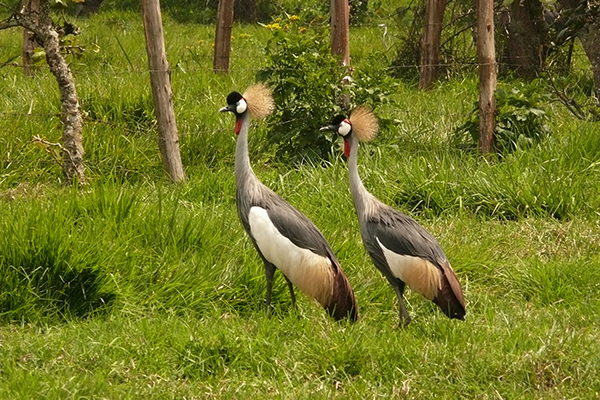 The wetlands of Rukiga District in southwest Uganda are home to Uganda’s national bird, the Grey Crowned Crane. They are vital to local communities, which rely on the wetlands for their food, water and livelihoods, or ways that community members support themselves and their families. But increasing human activity is putting pressure on the wetlands and their cranes.
The wetlands of Rukiga District in southwest Uganda are home to Uganda’s national bird, the Grey Crowned Crane. They are vital to local communities, which rely on the wetlands for their food, water and livelihoods, or ways that community members support themselves and their families. But increasing human activity is putting pressure on the wetlands and their cranes.
A new project between the International Crane Foundation/Endangered Wildlife Trust (EWT) Partnership, Rugarama Hospital, the Margaret Pyke Trust, and the London School of Hygiene & Tropical Medicine is working to respond to these pressures for the benefit of Rukiga’s wetlands, its cranes and its people.
The population of Grey Crowned Cranes in East Africa has declined by over 80% in the last 25 years, largely due to increasing pressure on wetlands. As cranes are pushed into smaller and more marginal wetlands to care for their eggs and young, they are increasingly disturbed by people, dogs, and livestock and cannot breed successfully. Chicks raised on fragmented and degraded wetlands are easily captured for traditional medicine use, domestication within Africa, or exported to captive facilities at zoos and safari parks. The population of Grey Crowned Cranes in Uganda (a stronghold for the species) is now believed to consist of only 10,000 to 20,000 individuals.
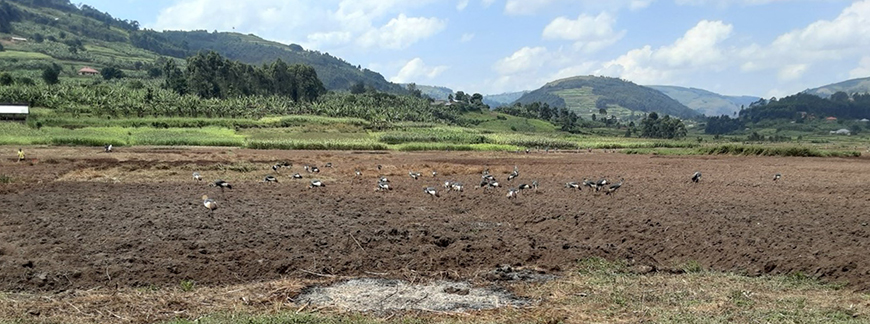
Understanding the Communities’ Needs
As a first step, the project team spent six months undertaking research in Rukiga to properly understand the communities’ health, livelihood, social, and environmental challenges and views, and how the communities saw the connections between them. They reported a diversity of challenges, not least of which was inadequate healthcare, poor soil and water quality, and increasing sub-division and fragmentation of land on which to farm their crops.
For these reasons, project partners are implementing a Population, Health and Environment, or PHE, project that aims to empower communities to conserve their cranes and manage wetlands while also meeting the health and livelihood needs of Rukiga’s communities. The project research highlighted that the people of Rukiga District wanted better health services, including family planning. These resources in turn keep women involved in local livelihood activities to support their families and reduce pressure on local natural resources, benefiting both people and cranes.
Integrating Community Health With Wetland Conservation
The project team is engaging community members in various ways to raise awareness about wetland and crane conservation, sustainable livelihoods and family planning. For instance, in the same session, the International Crane Foundation/EWT conservation experts and Rugarama Hospital nurses raise awareness about the importance of wetlands for health, livelihoods and cranes, and the benefits of family planning. This integrated approach means that men and women hear messages that they might not have heard before. Similarly, even though both men and women undertake livelihoods, men are more likely to attend livelihood training, meaning that women often miss these important messages.
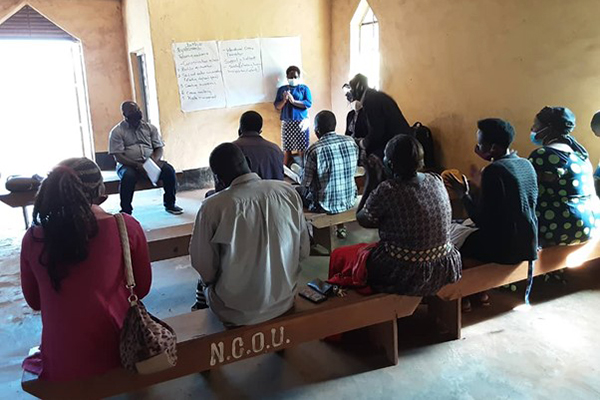
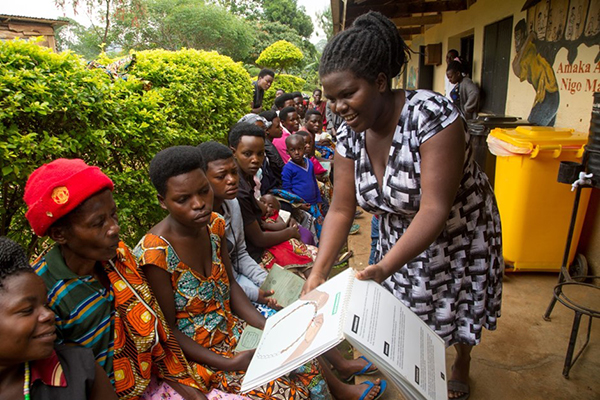
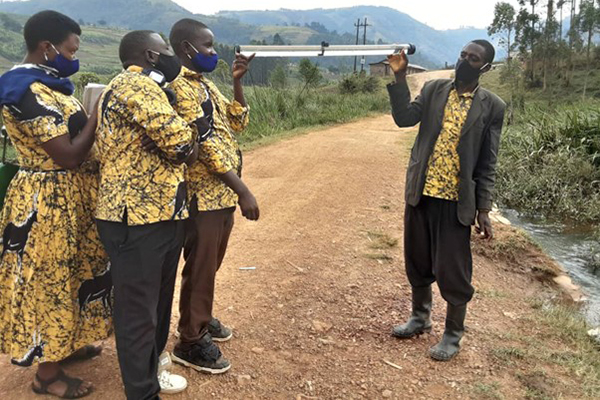
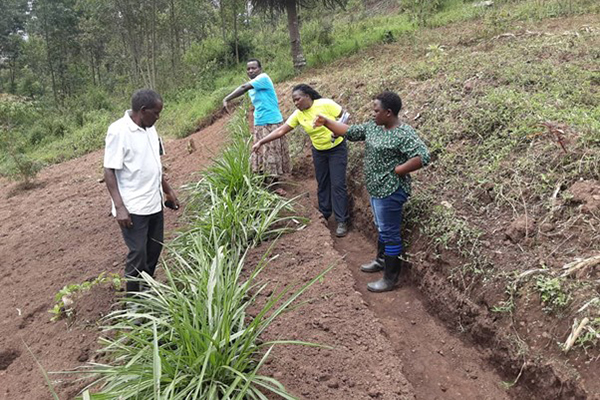
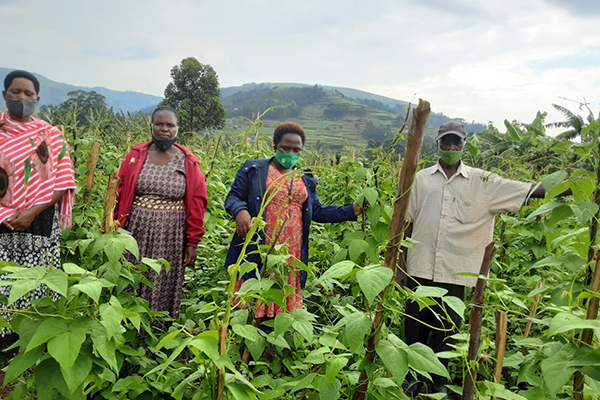
By integrating actions across multiple sectors, PHE can reach more people linked to biodiversity outcomes, engage more men in reproductive health, and more women in livelihood and natural resource management. PHE can, ultimately, achieve more significant and longer-lasting conservation outcomes than would likely occur without integration.
Story submitted by Adalbert Aine-omucunguzi, International Crane Foundation/Endangered Wildlife Trust Partnership and Kathryn Lloyd, Margaret Pyke Trust
